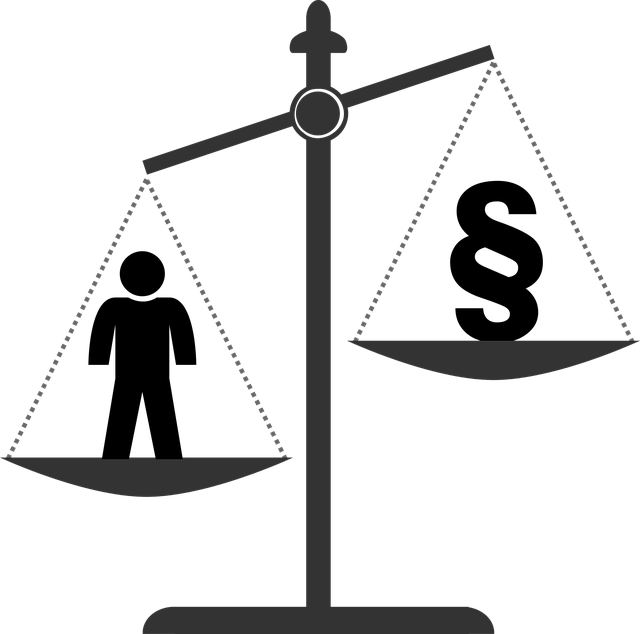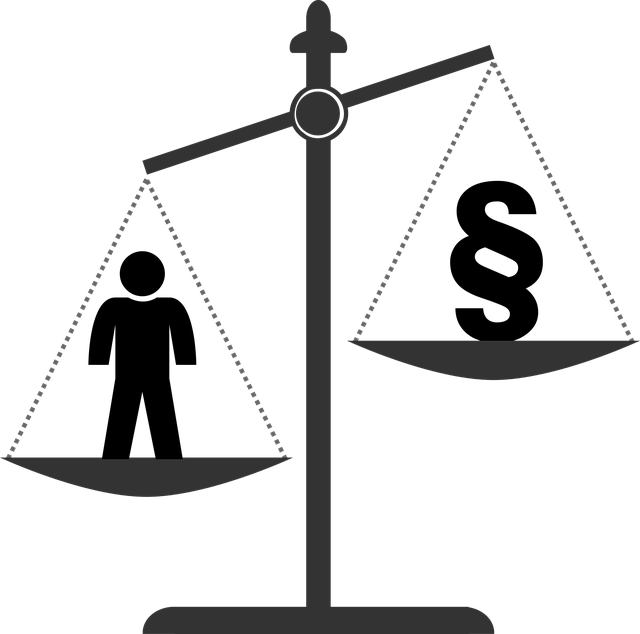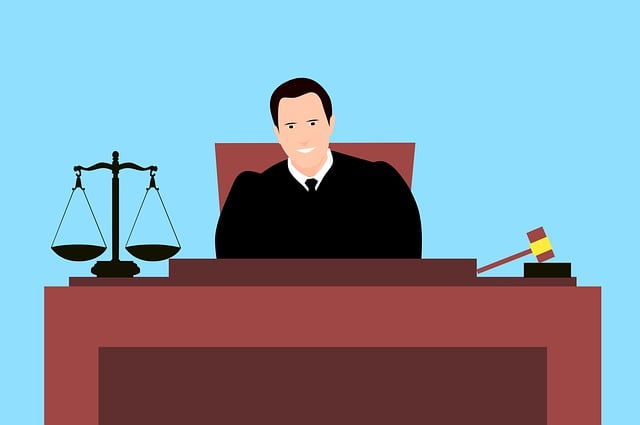Consumer protection laws shield individuals from business misconduct. To sue for violations like false advertising, gather evidence and consult a specialist lawyer. Identify damages, seek compensation or punitive damages, and file in the correct court. Class actions empower consumers to unite against unfair practices for equitable redress.
Litigation can be a complex process, but understanding specific types is crucial for any consumer facing violations. This guide breaks down essential aspects of navigating consumer protection laws and how to file a lawsuit. From recognizing potential violations and assessing damages to the step-by-step process of filing, we provide clarity. Furthermore, we delve into diverse litigation types, including class actions, empowering consumers to protect their rights effectively. Learn how to file a consumer protection lawsuit with our comprehensive, practical approach.
- Understanding Consumer Protection Laws
- Identifying Violations and Damages
- Filing a Lawsuit: Step-by-Step Guide
- Types of Litigation: Class Actions & More
Understanding Consumer Protection Laws
Consumer protection laws are designed to safeguard individuals from unfair business practices and ensure a level playing field in the marketplace. These laws cover a wide range of issues, including misrepresentations, false advertising, defective products, and predatory lending. Understanding your rights under these laws is essential, especially when dealing with complex financial transactions or feeling aggrieved by a company’s actions.
If you believe you’ve been wronged and your consumer protection rights have been violated, the first step is to gather evidence and consult with an attorney experienced in this field. They can guide you through the process of How to File a Consumer Protection Lawsuit, ensuring your case has a strong foundation. Whether the dispute involves white-collar crimes or economic damages, knowing your legal options and advocating for your rights is crucial. Jury trials offer another avenue for seeking justice, where a group of citizens can hear both sides and render a verdict based on the evidence presented.
Identifying Violations and Damages
Identifying violations is a crucial first step when considering how to file a consumer protection lawsuit. Consumer protection laws are designed to safeguard individuals from unfair, deceptive, or fraudulent practices in various transactions, including purchasing goods or services. If consumers suspect such violations, they should gather evidence and documentation related to the interactions with the business or individual in question. This may include contracts, receipts, communications (emails, text messages), and any other records that demonstrate the alleged wrongdoing.
Once violations are identified, determining damages becomes essential for a successful consumer protection lawsuit. Damages refer to the harm suffered by the consumer as a result of the violation, which could be financial losses, emotional distress, or both. In high-stakes cases, consumers may seek compensation for their losses, punitive damages, and even legal fees. Understanding the extent of damages will help when presenting a case, aiming for a complete dismissal of all charges or an agreement that rectifies the consumer’s situation.
Filing a Lawsuit: Step-by-Step Guide
Filing a lawsuit can be a complex process, but understanding the steps involved can help consumers protect their rights effectively. When it comes to consumer protection, one common route is initiating a legal action against businesses or entities that have engaged in unfair practices. Here’s a simplified guide on how to file a Consumer Protection Lawsuit:
1. Identify the Legal Basis: Start by evaluating your situation and identifying which consumer protection laws apply. These laws vary by jurisdiction but often cover areas like false advertising, unfair pricing, or deceptive business practices. Understanding the specific law(s) you’re asserting is crucial for building a strong case.
2. Gather Evidence: Collect all relevant documents, receipts, contracts, or any proof of the alleged misconduct. For instance, if it’s a dispute regarding a faulty product, retain the purchase receipt and any corresponding warranty information. This evidence will be vital in supporting your claim and could lead to a successful resolution, even before going to court, through settlement negotiations.
3. Choose the Right Court: Determine the appropriate legal venue for filing. Depending on the nature of the case and the defendant’s location, you might file in state or federal court. Some consumer protection cases may also be heard in small claims court, offering a more accessible and cost-effective route for smaller disputes.
4. Prepare and File the Complaint: Draft a detailed complaint outlining your claim, including the parties involved, the legal basis for your suit, and the specific damages you’ve incurred or seek to prevent. Ensure it’s well-structured and adheres to court filing requirements. Once ready, file the document with the appropriate court clerk, typically accompanied by the required filing fees.
5. Serve the Defendant: After filing, you must ensure proper service of the lawsuit papers to the defendant. This process involves delivering or mailing the documents to their last known address, often through a professional legal service provider. Proper service is essential for gaining jurisdiction over the case and can significantly impact its outcome, including the possibility of a complete dismissal of all charges, if appropriate.
Types of Litigation: Class Actions & More
In the realm of litigation, various types of legal actions exist, each serving distinct purposes and affecting different parties. Two notable categories are class actions and individual lawsuits. Class actions are a powerful tool for consumers, allowing them to band together to fight against businesses that have engaged in unfair or deceptive practices. This collective approach ensures that each plaintiff receives a fair share of any damages awarded, making it an effective strategy for seeking justice on a larger scale. For instance, when numerous consumers realize they’ve been victims of the same misleading marketing campaign, they can file a class-action lawsuit, aiming for a complete dismissal of all charges against the guilty party.
How to File a Consumer Protection Lawsuit is a question that often arises in such scenarios. The process typically involves identifying the legal basis for the claim, gathering evidence, and forming a solid argument. Unlike general criminal defense cases, which focus on penal consequences, consumer protection lawsuits emphasize financial redress and behavioral change. Across the country, these lawsuits have led to significant settlements, ensuring businesses adhere to fair practices and compensating affected consumers.
Understanding consumer protection laws is the first step towards safeguarding your rights as a consumer. Once you’ve identified potential violations and the resulting damages, the next logical step is knowing how to file a consumer protection lawsuit. This comprehensive guide has walked you through the process, from recognizing issues to filing a case. Remember, various litigation types, including class actions, offer powerful tools for collective change. By familiarizing yourself with these options, you can navigate the legal landscape effectively and assert your rights as a consumer in today’s digital era. For those considering taking action, understanding How to File a Consumer Protection Lawsuit is empowering, ensuring that businesses are held accountable for their actions.






